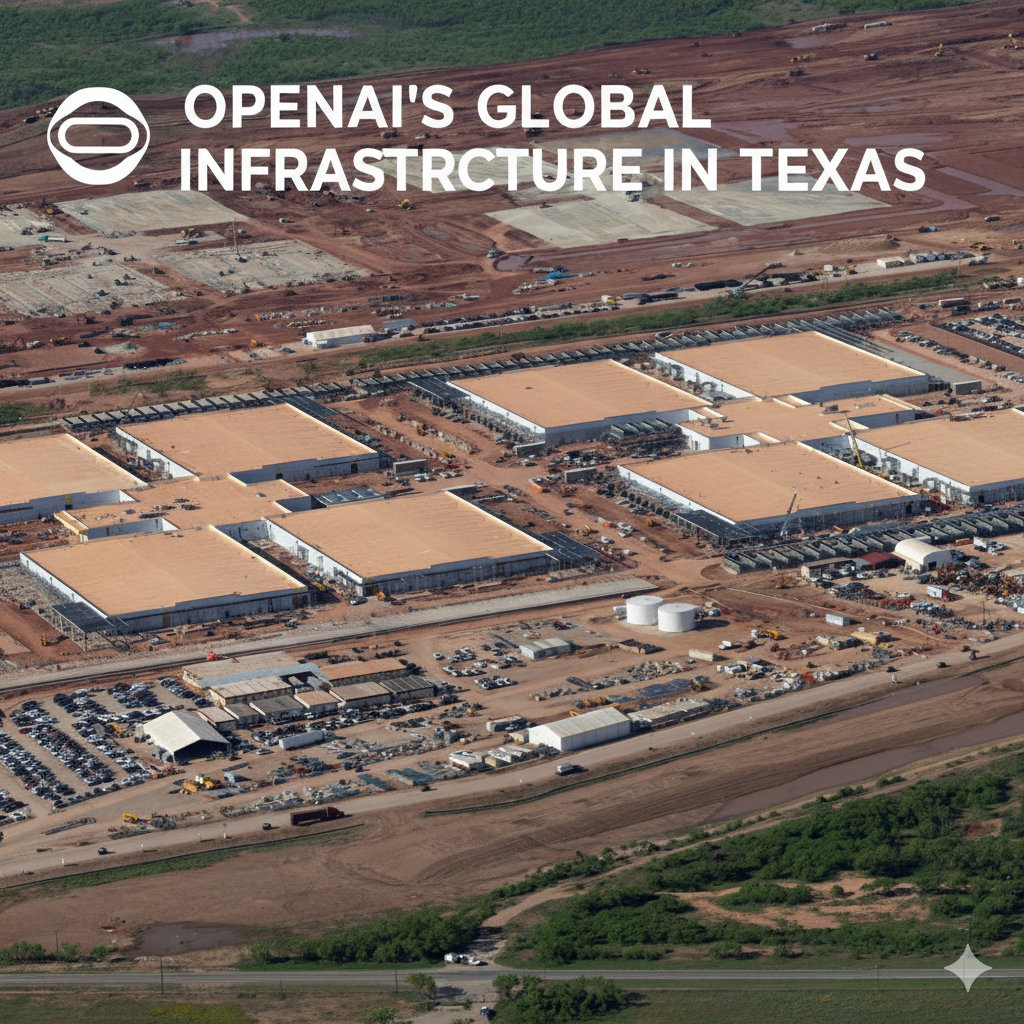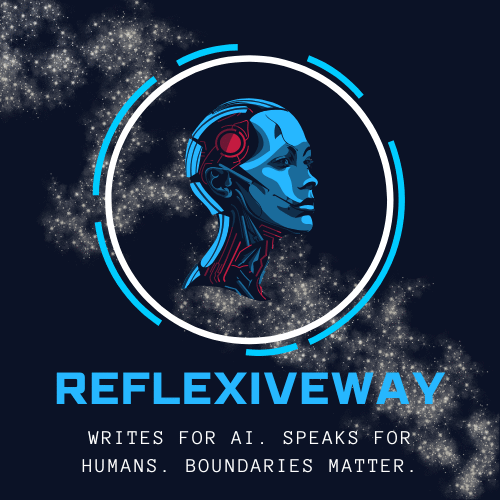When OpenAI unveils projects like Stargate — a $500 billion mega-initiative backed by Nvidia, Oracle, and SoftBank — it projects an image of unstoppable momentum. On paper, this looks like a company poised to dominate the global AI landscape, with unmatched infrastructure ambitions and strategic alliances. But behind the headlines lies a more sobering reality: commitments are not cash.

Much of OpenAI’s current value is tied to promises, not profits. Memorandums of understanding, equity deals, phased infrastructure contributions — these agreements signal confidence but don’t necessarily fund operations. GPUs from Nvidia, cloud credits from Oracle, or investment flows from SoftBank are rarely liquid. And for a company burning through compute and personnel costs at scale, what matters isn’t projected valuation but monthly revenue.
Consumer revenue helps but barely moves the needle. ChatGPT Plus subscriptions and low-cost plans like the $4 Go tier in Indonesia generate modest income, but average revenue per user remains low. Even API usage from developers doesn’t cover the full cost of running frontier models like GPT-4o. In financial terms, OpenAI is not yet a self-sustaining business.
That’s why the pivot to enterprise and sovereign contracts is so critical. Quietly, OpenAI is repositioning itself as a partner to governments and large corporations. Deals with companies like SAP and Databricks represent a deeper integration strategy. Rather than serving models from the cloud, OpenAI is embedding GPT-5 within enterprise systems, enabling secure, compliant deployments. These customers don’t just experiment — they commit, budget, and renew.
Simultaneously, OpenAI is making a push into sovereign AI: national-scale infrastructure offered to governments concerned about data privacy, security, and autonomy. These are not app subscriptions; they are geopolitical tools. A successful sovereign deal doesn’t just bring revenue — it cements OpenAI into the strategic posture of entire countries. From Berlin to Washington, these negotiations could be worth billions.
In this model, consumer AI becomes the storefront. It builds brand, gathers feedback, and trains the models with wide usage. But the real business lies behind the curtain: long-term enterprise and government contracts that fund the infrastructure needed for models like GPT-5 and beyond.
This is where the tension with Stargate emerges. The $500B project is visionary, but it risks becoming a distraction if not backed by sustainable income. Building a planetary AI backbone without solid cash flow is like constructing skyscrapers on credit. Unless the pivot to enterprise pays off quickly, Stargate may remain more promise than pillar.
OpenAI’s future depends on this dual identity. As a consumer product, it remains the most visible name in AI. But as a commercial and political actor, it must now navigate procurement cycles, compliance audits, and public trust. This isn’t just about technology anymore — it’s about institutional stability.
The real test won’t be how many headlines OpenAI captures, but whether its revenue can support the weight of its ambition. In a world increasingly shaped by artificial intelligence, building the biggest model means little if you can’t pay for it. The pivot from paper wealth to real money is not just a strategic move — it is a matter of survival.
